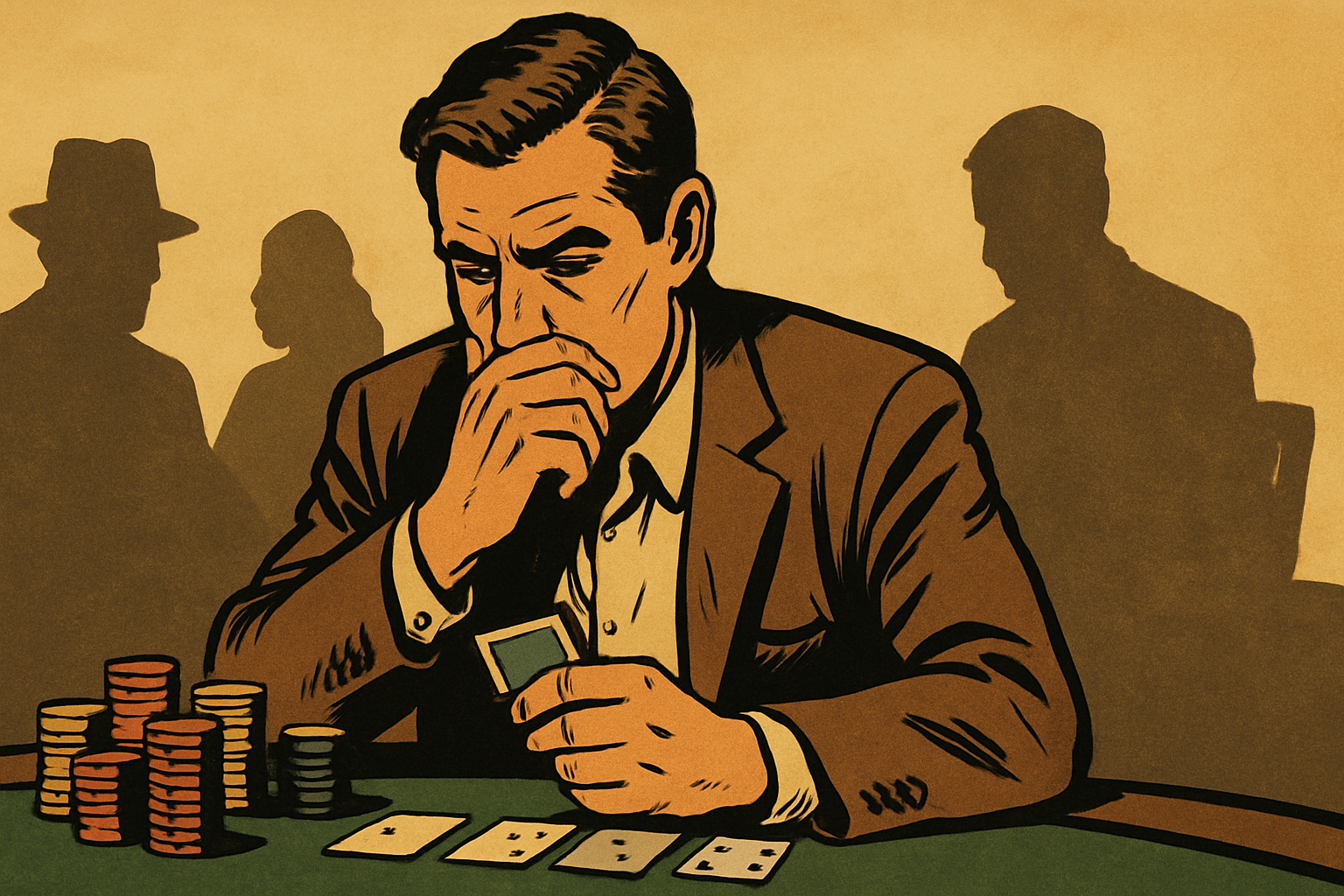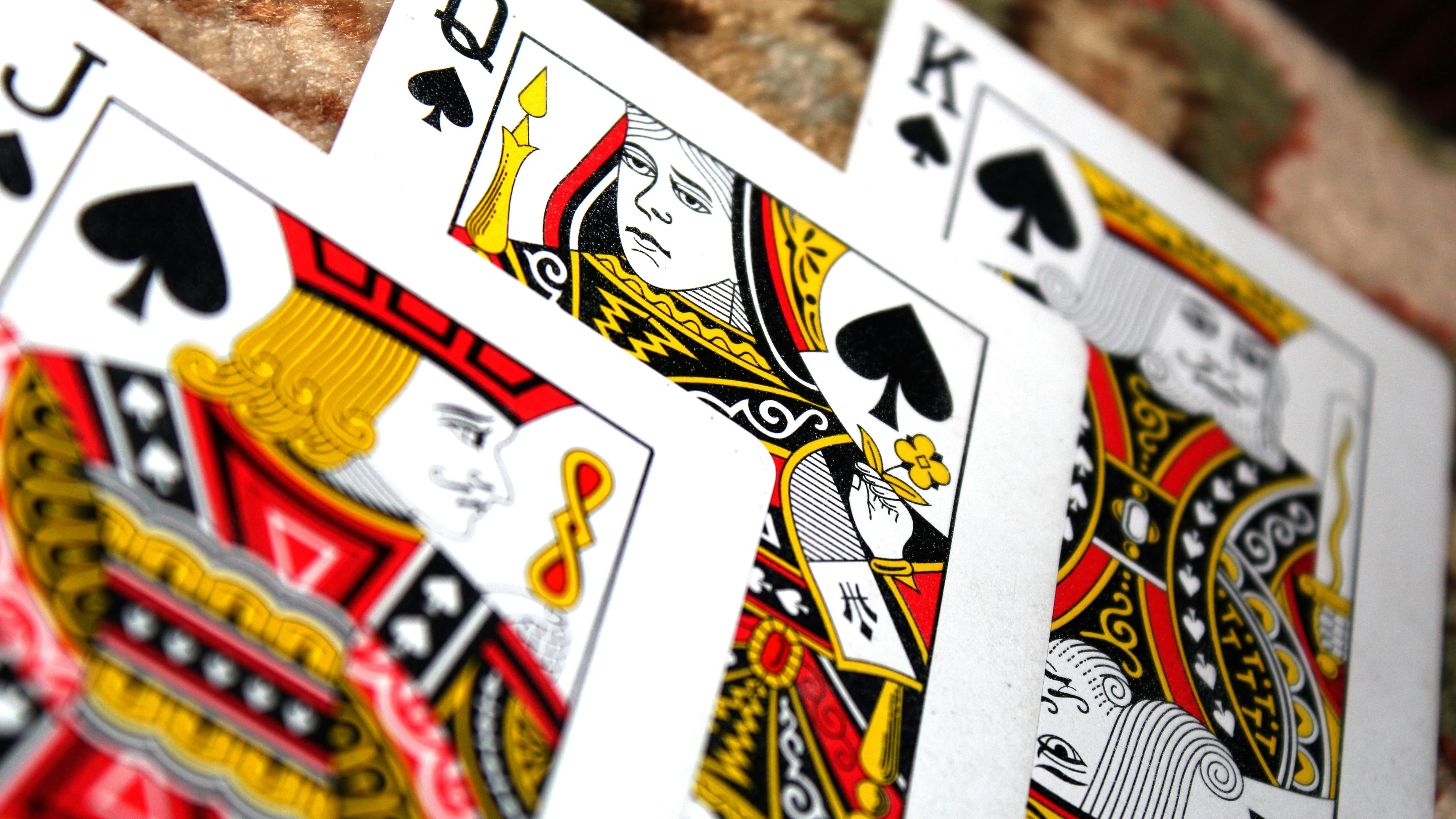Poker players will swear that the game isn’t about the cards, but about the people holding them. That’s because the aspect of bluffing is involved. Regardless of whether you’re seated at a casino table or play from an online platform, the strategy of reading patterns and reacting with strategy is what separates casual from good players.
Why Faking Confidence Is More Than Bluffing
When you think of the term bluffing, you’re likely to picture high-drama all-ins or stone-faced players holding back any and all emotions. But the reality is that bluffing works best when it feels believable and believability is built on consistency. The same principle applies in online gaming: you want to know that where you’re playing is as reliable as your strategies. That’s precisely where sites such as AskGamblers come in. Their thorough reviews of online casinos alongside ratings allow players to separate the honest, credible operators from those that rely on glitter and hype. Just as you wouldn’t buy an opponent’s bad bluff, you don’t want to fall for a platform that can’t back up its promises.
As a player yourself, your bluffing will need to be more about creating doubt rather than lying to other players. A good bluff does not always bump your opponent out of the pot, but will sometimes plant just enough doubt that they play safer from that moment on. That’s how bluffing becomes a part of the larger picture of poker strategy.
Body Language and Micro-Expressions
When you’re at a live table, body language is your biggest asset. Even experienced players won’t be able to conceal all of their telltale reactions. Micro-expressions of short smiles, an upticked brow, or classic tension will reveal excitement or nervousness. So too will hand gestures, posture and even breathing patterns reveal how much confidence a player has.
Start small if you’re a new player at live poker. Take note of a player’s body cues while he has a strong hand and while he’s bluffing. Patterns emerge with time. And your opponents are studying you just as closely. Part of learning to bluff is also learning not only to read tells but also your own.

Timing and Bet Patterns
Bluffing at poker doesn’t only happen by facial response or body action. Much of the story lies in betting patterns and timing. For example, a quick raise might suggest confidence, while a long pause could indicate hesitation. Players even reverse those strategies as misdirection against their opponents at the table.
When you play online, you lose body language, but betting patterns can still be a reliable indicator of whether someone is bluffing or not. Does the player always bet small but then play all-in? Does he fold often but then shift gears tremendously? Such shifts will help you discern if they're holding strength or bluffing under pressure.
Common Bluffing Mistakes That Reveal Players
Bluffing is exhilarating but also very easy to mess up. One way you tend to mess up bluffing is overbluffing. If you bluff every other round of play, opponents soon become suspicious. Another way you tend to mess up is by bluffing aimlessly. That is betting aggressively with no idea of how you’re going to follow up. Intelligent players will perceive that you’re bluffing aimlessly and call you out.
Another dead giveaway that you’re bluffing poorly is that you become inconsistent. When your betting pattern wildly swings out of control only when you’re bluffing, that’s a problem. You must keep your style stable enough that your opponents won’t recognize any difference. That translates to practicing balance: mix in bluffs with genuine plays, but make them part of a cohesive strategy.
When to Call, Fold or Fire Back
The ultimate test of bluffing is not only detecting when your opponents are bluffing but also detecting how you must respond. Sometimes the best thing you can do is fold and wait for a better hand. In other situations, calling out a bluff will pay off by uncovering your opponent’s weakness. The most rewarding situations occur when you call their bluff by bluffing their bluff back at them.
It is the mix of psychology, timing and patience that creates such excitement around poker. You’re not playing cards; you’re playing people. Both live tables and online tables allow you to test your reading of those dynamics, which is why the players worldwide keep coming to get dealt in.
Bluffing will forever be one of poker’s most discussed abilities. It’s all about balance, being observant and learning how to integrate your strategy with the natural rhythm of the game. From seated tables at a live casino to online casino play at your PC, the skill of bluffing makes poker interesting and perpetually captivating. By practicing how you read players, your control of your own signals and your awareness of the narrative of each bet, you will play the game even better. Just keep in mind: it’s not only the cards, it’s the confidence, consistency and strategy you bring.




